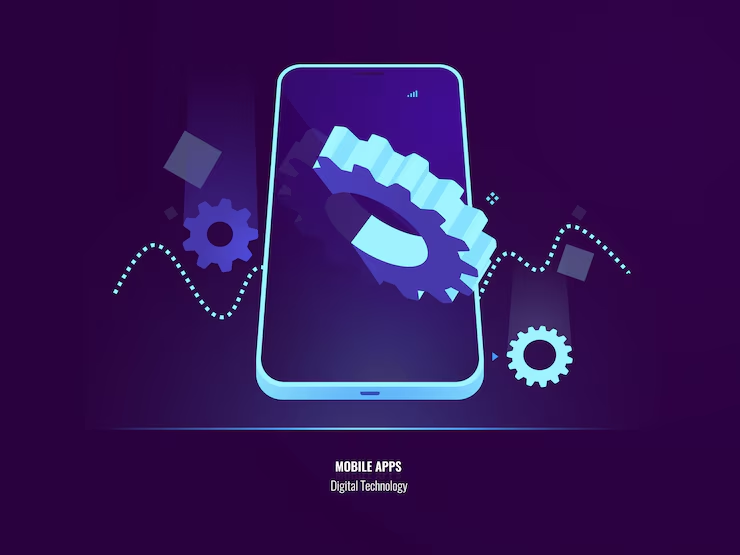Optimizing Flutter Apps for Performance & Battery Efficiency
Optimizing Flutter Apps for Performance & Battery Efficiency
June 23, 2025

To optimize Flutter apps for performance and battery efficiency, focus on minimizing rebuilds, optimizing image handling, using efficient layouts, and leveraging asynchronous operations. Additionally, consider using const widgets, optimizing animations, reducing overdraw, and profiling your app to identify bottlenecks.
1. Minimize Rebuilds:
-
Use
constWidgets:Declare widgets asconstwhen their properties don’t change, preventing unnecessary rebuilds. -
Optimize
StatefulWidgetUsage:Only useStatefulWidgetwhen necessary, as they have more overhead thanStatelessWidget. -
Avoid Expensive Operations in
build():Move computationally intensive tasks out of thebuild()method to prevent them from being executed repeatedly.
- Use
Keyfor Widget Identification:
Employ keys when manipulating lists to help Flutter identify which widgets need updating, according to UXCam.
2. Optimize Image Handling:
-
Use Efficient Image Formats:Choose formats like WebP for Android and HEIC for iOS, which offer better compression ratios and smaller file sizes, notes Hassan Al Najjar.
-
Implement Lazy Loading:Load images only when they are visible on the screen, reducing initial load times and memory usage.
-
Cache Images:Utilize caching mechanisms to avoid re-downloading images that have already been loaded.
3. Use Efficient Layouts:
-
Avoid Overdraw:Minimize overlapping widgets and transparent layers to reduce rendering complexity.
-
Use
ListView.builder:When displaying lists, useListView.builderfor efficient item creation and rendering, especially for large datasets, according to Medium. -
Use
GridView.builderfor Grids:Similar toListView.builder, useGridView.builderfor efficient grid-based layouts.
4. Leverage Asynchronous Operations:
-
Use
asyncandawait:Employ asynchronous operations to prevent blocking the main thread and ensure a responsive UI, says Bacancy. -
Isolate Expensive Operations:Move long-running tasks to isolates (separate threads) to avoid freezing the UI, says Filip Hráček at Flutter Europe.
5. Other Performance Tips:
-
Reduce App Size:Remove unused code and assets to decrease download times and memory footprint, according to iCoderz Solutions.
-
Optimize Animations:Use animations sparingly and choose efficient animation techniques to avoid performance issues.
-
Use Performance Profiling Tools:Utilize tools like DevTools to identify performance bottlenecks and areas for optimization.
-
Keep Flutter Updated:Ensure you’re using the latest version of Flutter for performance improvements and bug fixes, notes UXCam.
-
Consider State Management:Use efficient state management solutions like Provider, Riverpod, or BLoC to manage app state effectively.



